Creating sport environments that support mental health for girls and women
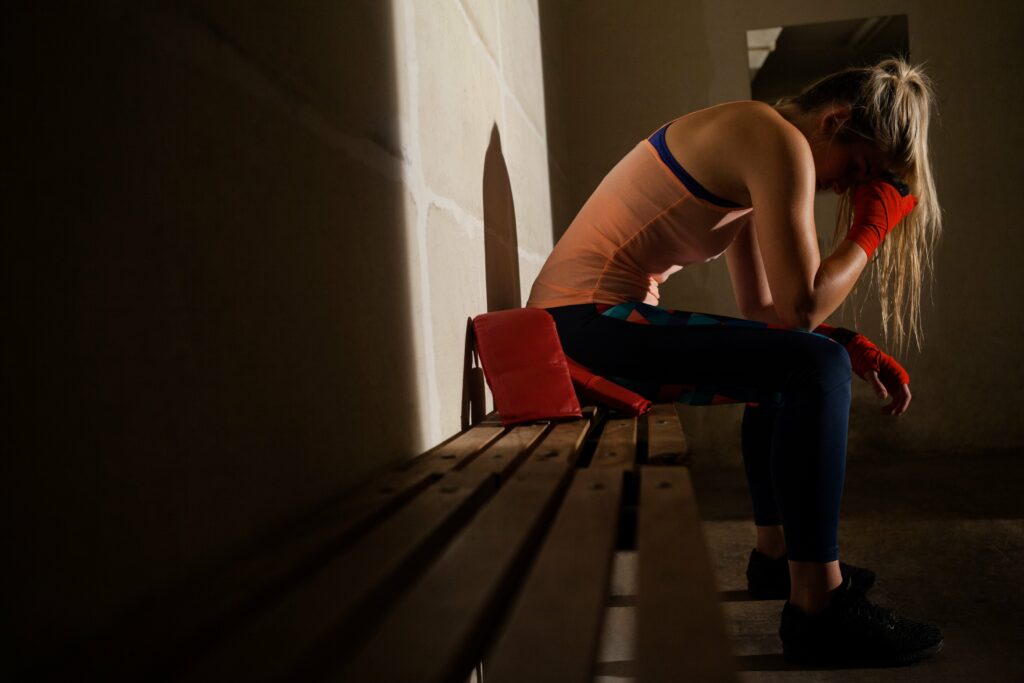
This blog post provides a recap of the fourth webinar in the 4-part mini-series Engaging Girls and Women in Sport. SIRC and Canadian Women & Sport co-hosted the mini-series, which you can access or learn more about by visiting our SIRC Experts Webinar page. Every year, 1 in 5 people in Canada will personally experience a mental…
Supporting girls and women in hockey
In a recent survey, Quebec women identified 3 primary sources of motivation for participating in hockey: desire for self-accomplishment, enjoyment, and acquisition and mastery of new skills. When coaches and sport leaders are sensitive to these motivations and provide supportive environments with positive role models, they support girls and women’s hockey participation.
Welcoming golf courses
Ensuring that golf courses are welcoming places, where participants feel included, is important for driving women’s golf participation. Beyond offering flexible membership options and informational packages with advice for new members, research shows that clearly marked directional signage and an opportunity to learn the course layout helps to make golf courses welcoming places for women.
She belongs
A positive social environment has a big impact on girls’ sport participation. For many girls, a sense of social belonging enhances their performance. Girls are also motivated to stay in sport to make friends and be part of a team. Knowing this can help coaches keep girls engaged in sport.
Family-friendly golf
Golf offers health benefits and opportunities for social connection, but the time commitment and cost of lessons, practice and memberships can be a barrier for moms with busy family schedules. Flexible opportunities, such as family-friendly events or playing fewer than 18 holes, can make golf more accessible to women.
Lone girls in sport
If you type “lone girls in sport” into Google, you’ll find several newspaper articles and social media posts about girls creating #HERstory competing alongside boys. But on the academic front, there are few studies focused on girls who play in boys’ leagues, and until recently, none exploring the “lone girl.” Check out new research that…
Signals versus noise: Gender equity in Canadian sport
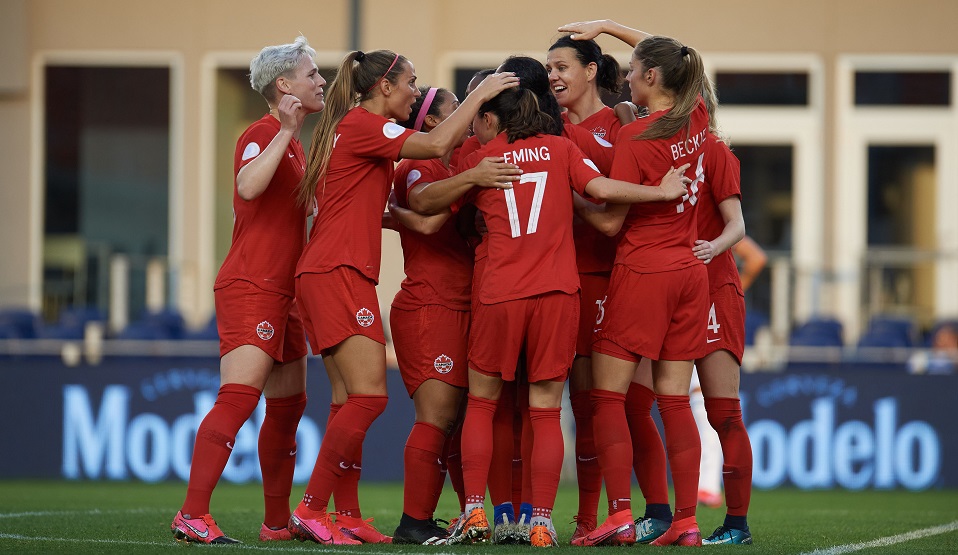
Highlights Signals = the truthNoise = what distracts us from the truth(Silver, 2015) The Government of Canada is committed to achieving gender equality in sport at every level by 2035. But where are we in achieving this goal? And how do we know where we are? The answers to these questions lie in the ability…
Data for change: Embracing demographics to advance equity in sport
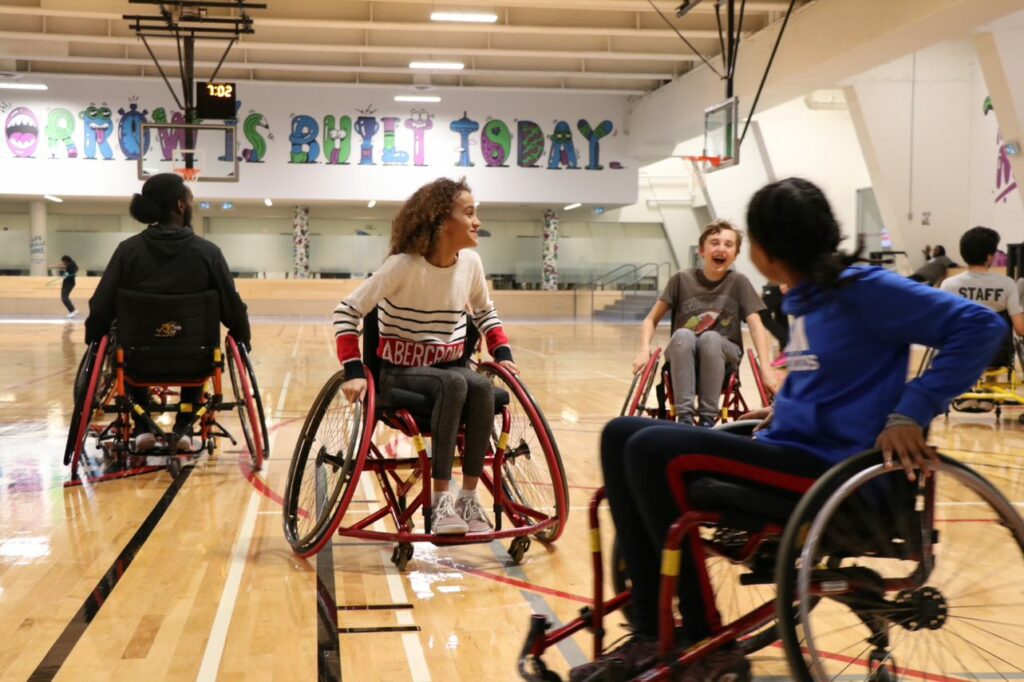
Highlights “You can’t manage what you don’t measure” is a popular saying in leadership circles. However, knowing what to measure to inform change is a craft altogether. To advance equity and inclusion in sport, the “who” of measurement is fundamentally as important as the “what.” Indeed, it’s important to understand the perspectives, realities and lived…
Mentoring Black women coaches: Developing confidence through relationships and learning
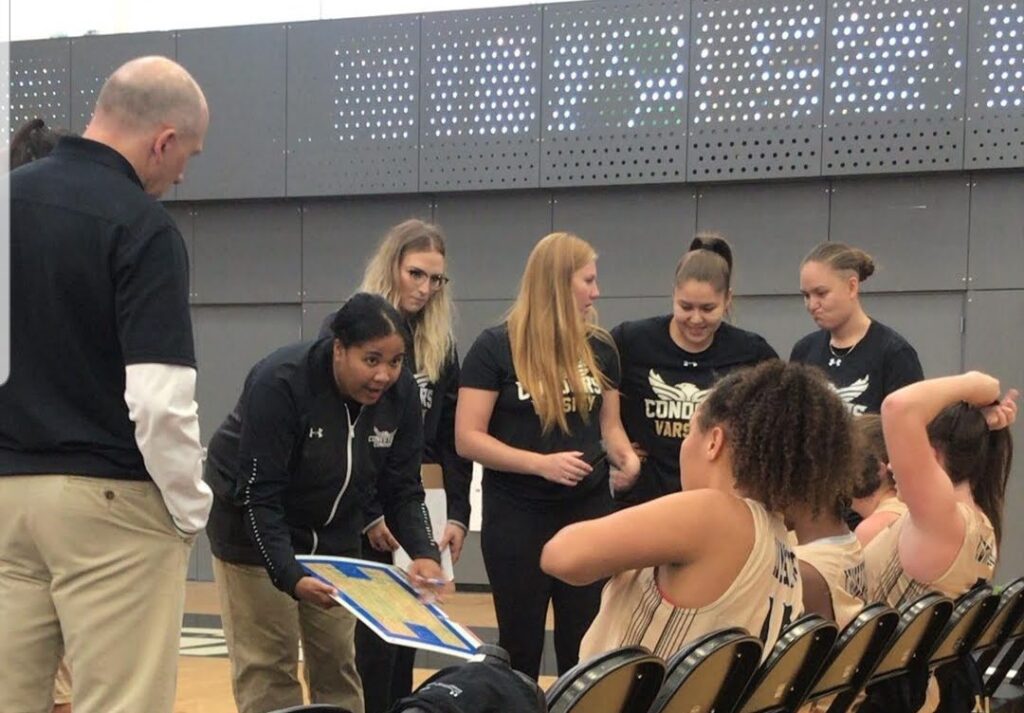
Photo credit: Conestoga College Condors Athletics Highlights Anyone involved in sport knows that confidence is key. Whether coach, athlete or participant, the importance (and fragility) of confidence can’t be overlooked. The vital and tenuous nature of confidence means steps must be taken to safeguard the confidence of racialized women coaches, who are sometimes the “only”…
Shaping inclusive sport policy and programs
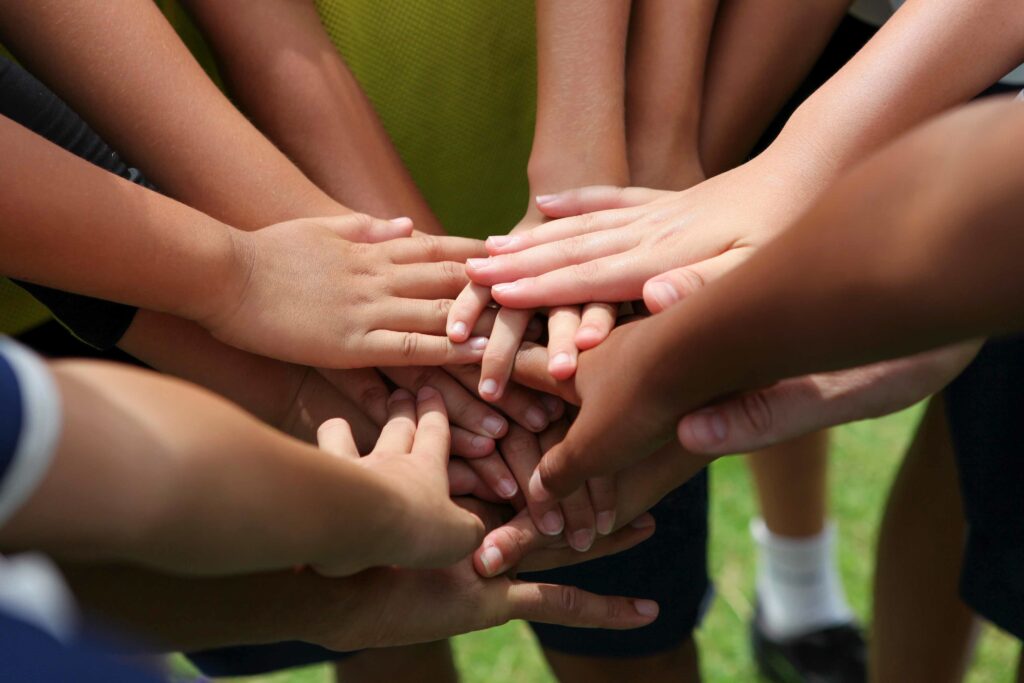
Highlights Over the past few years, the racism and discrimination brought to light throughout society and within the sport sector have forced a necessary reflection on policies and practices. While the concepts of diversity, equity and inclusion were seeded in government policy many decades ago, the context has evolved significantly. Today, these terms have new…